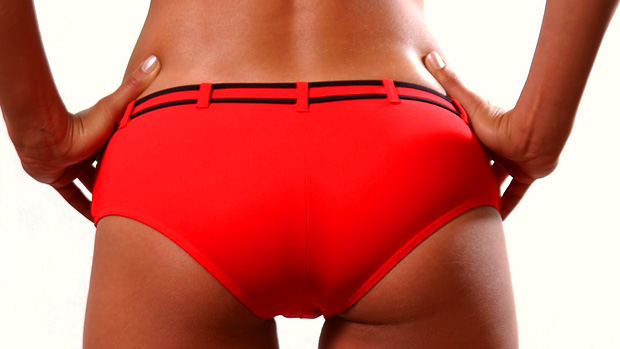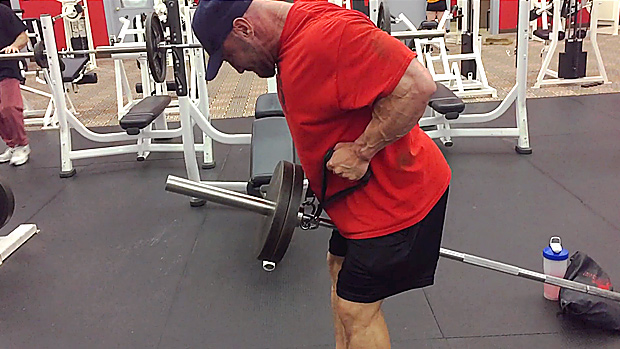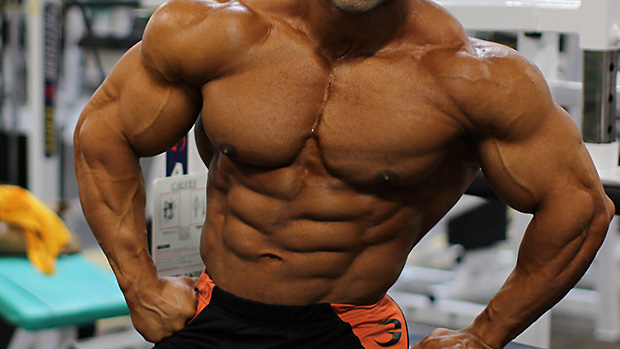Back Bodybuilding
There are two ends of the spectrum when it comes to the execution of the barbell row:
- The Super Strict Guys – Those on the overly strict end will limit the amount of weight they can use because they'll get in a statue-stiff position, which won't allow for more weight. They think all body English is "bad form" and tell everyone they're going to break their backs if they use any appreciable amount of weight.
- The Dry Humper – The other extreme will use way too much weight and basically dry hump the bar by jerking the weight up and slamming their stomach into it. There's very little time under tension involved because all they're really doing is "kipping" up the bar.
Barbell Rowing 101
Before you start, set your base. The supportive muscle groups need to be in the safest and most stable position during movement execution. For this to happen you need to lock down the joints at angles where the antagonist muscles would perform a strong isometric role.
Here's how to get into that strong, stable position
- Get your weight on your heels. Think in terms of doing a Romanian deadlift. Set your weight into your heels to counterbalance the weight of the barbell in front of you. Think "anchor the posterior chain."
- Breathe into your diaphragm. Breathe down into your gut and push your abs down and obliques out. This creates intra-abdominal pressure that helps to stabilize the lumbar spine.
- Activate your lats and upper back. How? By turning your elbows back and depressing your scapula. This will do a couple of things. It'll help you initiate the movement with your lats and mid-back, and help you move in synergy with proper breathing which will help you keep your spine stable.
Once you're in position, there's a few things to do to make the actual rowing part more effective.
Use the bar to set the proper angle of your torso
People often wonder what the angle of the torso should be during the barbell row. You can use the bar as a guide for finding an optimal torso angle and proper rowing range of motion.
At the lowest point in the range of motion, the bar should be a little below the knee.
If the lowest position the bar gets in is above the knee, which is usually the case for dry humpers, then you're basically doing a slightly bent-over shrug and taking the lats and upper back through a very limited range of motion. The traps are doing most of the work. Trap work is awesome, but there's better ways to develop the traps than bump-and-grind rowing.
Just below the knee is the sweet spot where you can use the appropriate amount of weight for full range of motion and for a decent amount of reps (8-12). It's true the lats can get more lengthened if you go a little lower, but you may compromise a strong lumbar position in doing so.
Row the bar to your lower abs
This is another thing that confuses people. If you pull the bar to your chest, then the moment-arm from the hips to the bar becomes very long and the lower back bears the brunt of the counter-balance. Put less stress on the low back so that the mid-back musculature can hog most of the tension.
To coach yourself, remember: Weight on heels, load the posterior chain, elbows back to activate lats, scapula down to engage upper back, bar lowered directly below knees, pull bar into the lower abs. It's not that hard. Now row some big weights.




